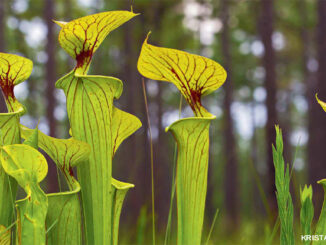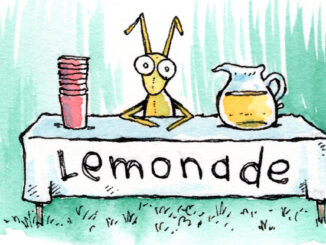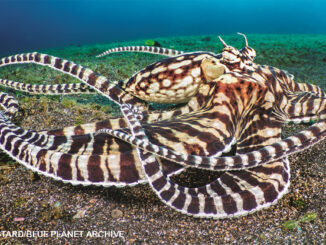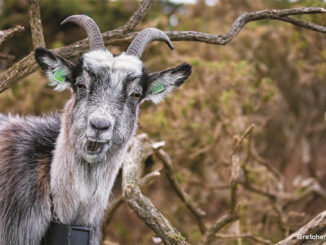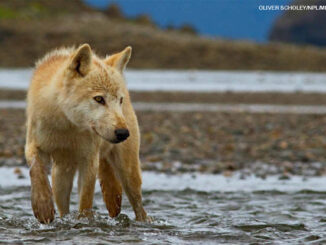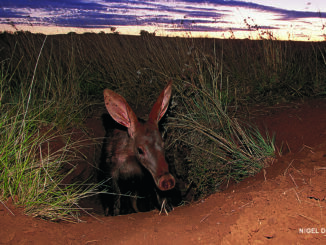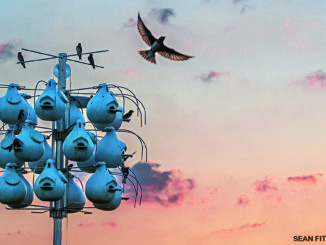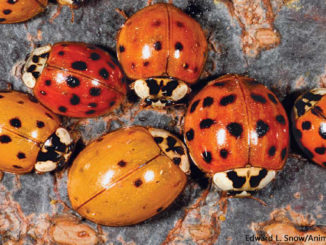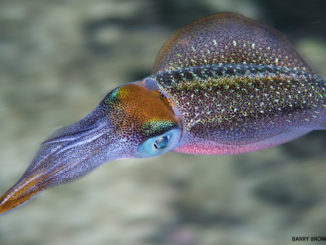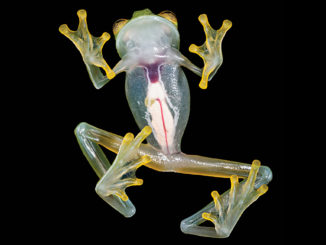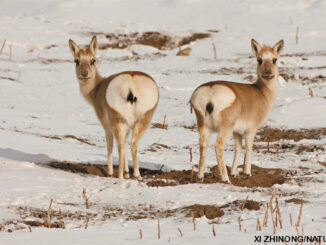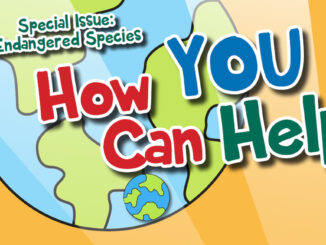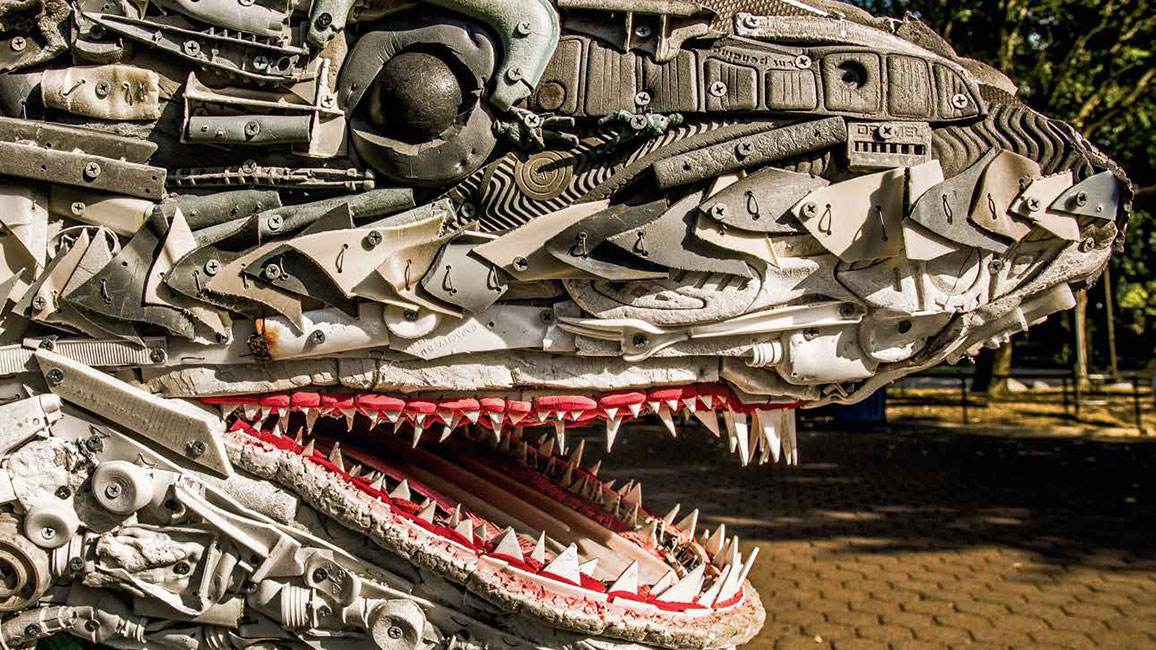
From Trash to Art
By Kathy Kranking; photos ©Jeffrey MacMillan; artwork ©WashedAshore.orgYikes—with its open mouth full of sharp teeth, the shark sculpture below looks pretty scary. But the really scary thing about the shark is what it’s made of: flip-flops, sand shovels, bottle caps, and other plastic trash—all found washed up on beaches.
The shark and other animal sculptures in this story are part of an exhibit created by the Washed Ashore Project. Although the sculptures are fun to look at, they’re also sending a serious message about the problem of plastic trash in the ocean. Scientists believe that about 8 million tons of plastic end up in the ocean each year. And hundreds of animal species are injured or killed from eating plastic trash or getting tangled up in it.
How does all that plastic get into the ocean? After being thrown away, trash ends up in garbage dumps. From there it can blow into rivers and make its way to the ocean, which also happens when people litter.
The Washed Ashore Project hopes to inspire people to help save the sea by educating them. And what better way to do that than making the problem come “alive” right before their eyes!
To make these amazing sculptures, thousands of volunteers collected plastic trash that had washed up on beaches—18 tons of it! Then they cleaned it, sorted it by color, and cut some of it into pieces. Each sculpture began with a metal frame that the plastic was then attached to by artist-led volunteers.
From a distance, the sculptures are beautiful animals. But up close, you can clearly see what they’re made of: bottles, lids, netting, shoes, toys, coolers, toothbrushes, and other plastic trash. To realize that it all came out of the ocean is shocking.
Water-Bottle Jelly
This glistening jellyfish is made of plastic bottles, one of the most common kinds of plastic trash. Americans throw away 35 billion plastic bottles each year! The plastic jellyfish is also a reminder of another problem: sea turtles swallowing plastic bags. The turtles mistake the bags for jellyfish, one of their favorite foods.
Lidia the Seal
Lidia demonstrates a big problem for wildlife: getting tangled in plastic netting or rope. Tons and tons of this netting are floating in the ocean. It’s meant to catch fish for people to eat. But seals, turtles, whales, seabirds, sharks, and many other kinds of animals get caught in it when it breaks loose and drifts away.
Octavia the Octopus
Octopuses like to grab things with their arms, and Octavia is holding all kinds of plastic trash she found in her ocean home: a trike handle, a pole, even a plastic goose! In the ocean, plastic trash breaks down into tiny, tiny “micropieces,” which get inside animals’ bodies. As animals that contain plastic are eaten by other animals, the harmful plastic gets into their bodies, too.
Priscilla the Parrotfish
Priscilla gets her rainbow look from a common type of trash: beach toys. Sand shovels, pails, molds, kickboards, and other things get left behind on beaches and end up in the ocean. Scientists believe that, when these things break down into small bits, they may harm the coral reefs that parrotfish and so many other animals depend on.
Flash the Marlin
The marlin is a speedy fish that deep-sea fishing fans like to try to catch. Since a lot of plastic trash in the ocean is related to fishing, Flash is made of plastic fishing lures, netting, and other things that are thrown or blown from boats. He even has a snout made of three fishing poles.
Sebastian James the Puffin
Have you ever heard of a “nurdle”? It’s a funny name for a serious problem facing puffins and other seabirds. Nurdles are pea-sized plastic pellets that are melted down to make almost any plastic item. Billions of nurdles end up in the ocean after being spilled from ships or going down floor drains in factories. Puffins and other animals mistake nurdles for food and swallow them.
What Can You Do?
Disposable things such as straws, plastic utensils, and water bottles make life easier for people. But they make life harder for sea animals when they end up in the ocean. Luckily, there are some things you can do to use less plastic:
- Use reusable containers in your lunch box instead of plastic bags.
- Ask your parents to bring reusable grocery bags to the store instead of getting new plastic ones each time.
- Use reusable water bottles rather than buying disposable ones.
- Say “no thanks” to straws. Less plastic on land means less plastic in the ocean. And that’s good news—for the ocean and all the animals in it!
Rangers: Here’s your chance to play “I Spy.” See if you can find these things on the sculptures:
bottle caps
sneaker sole
toy sailboat
tire
netting
cooler
toy shovel
suitcase handle
“From Trash to Art” originally appeared in the August 2017 issue of Ranger Rick magazine.





